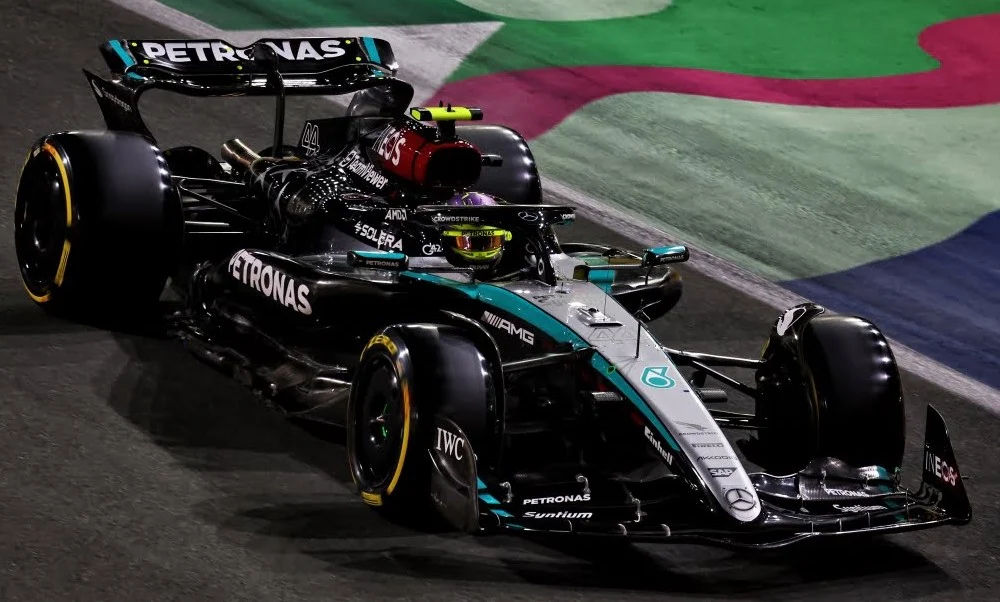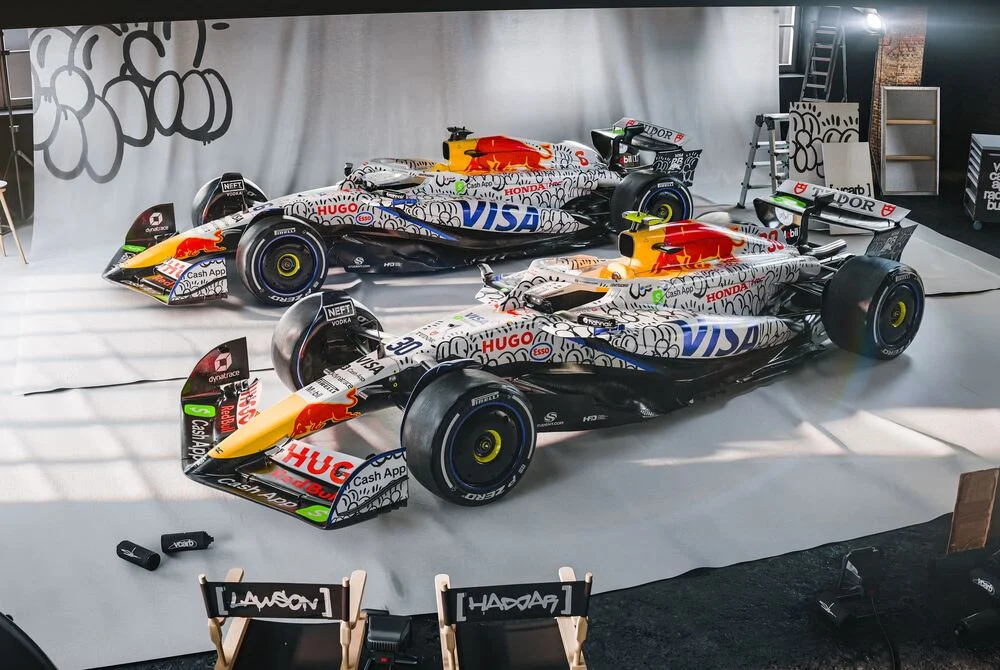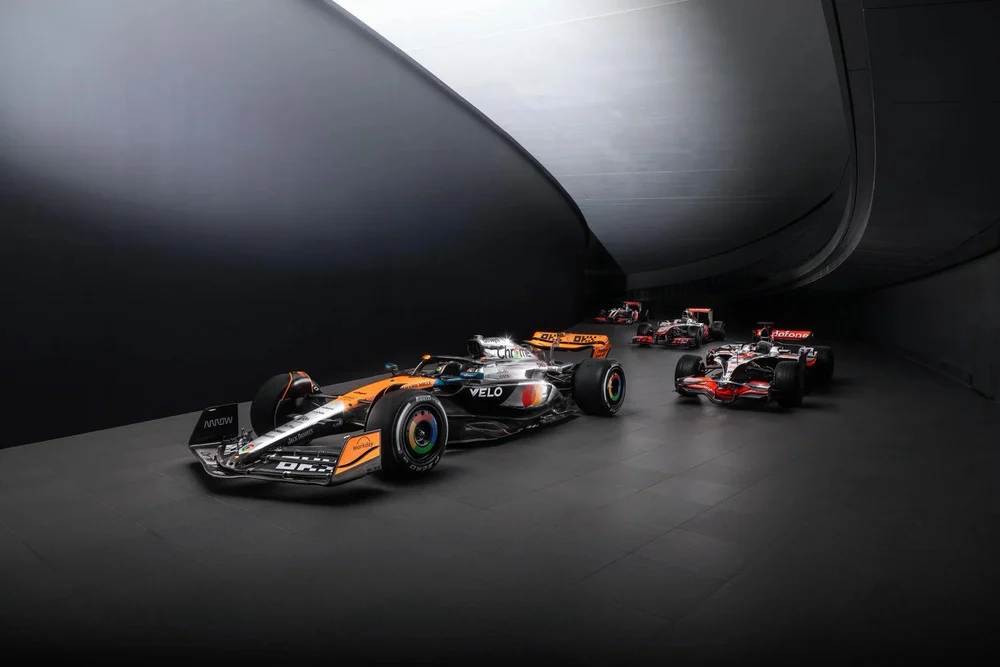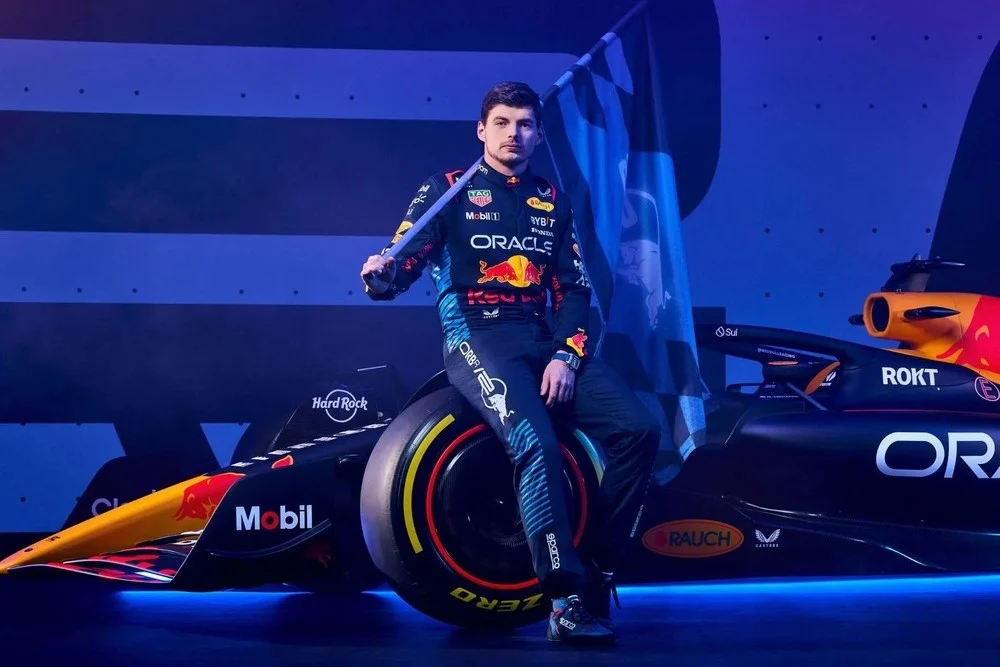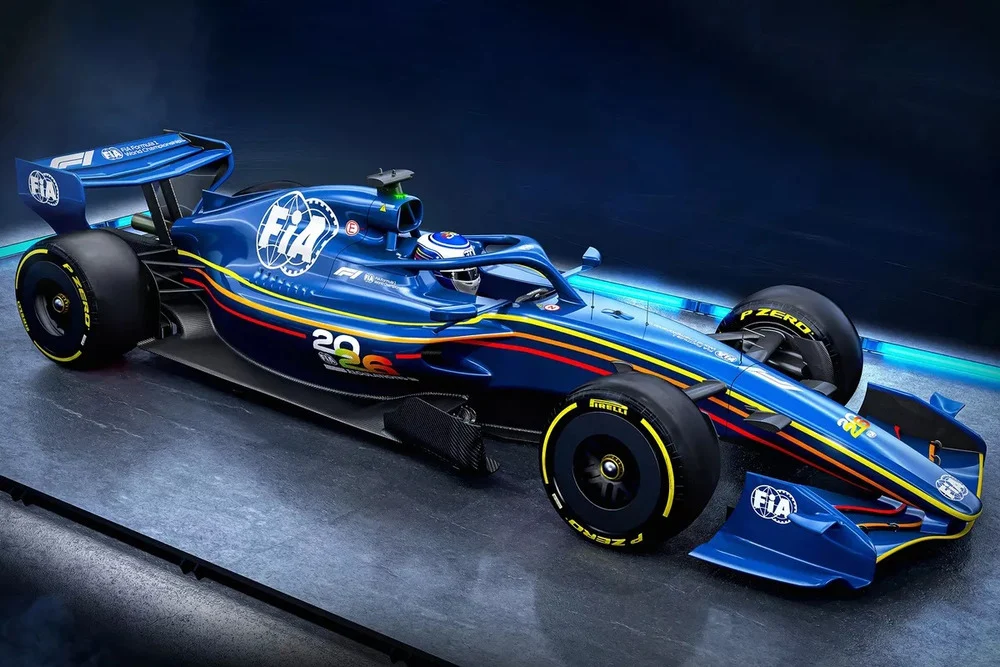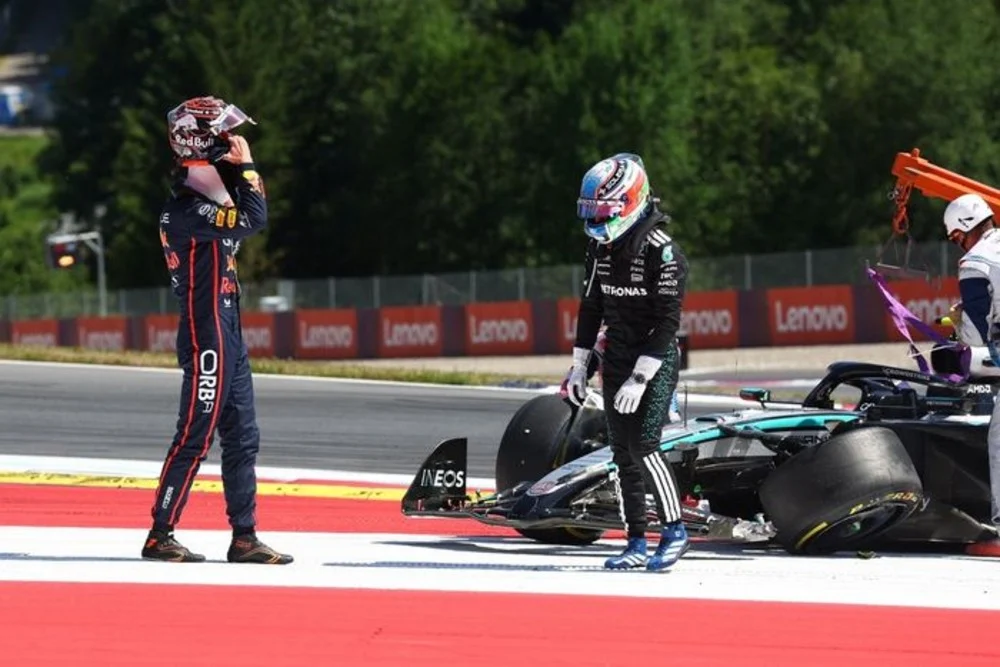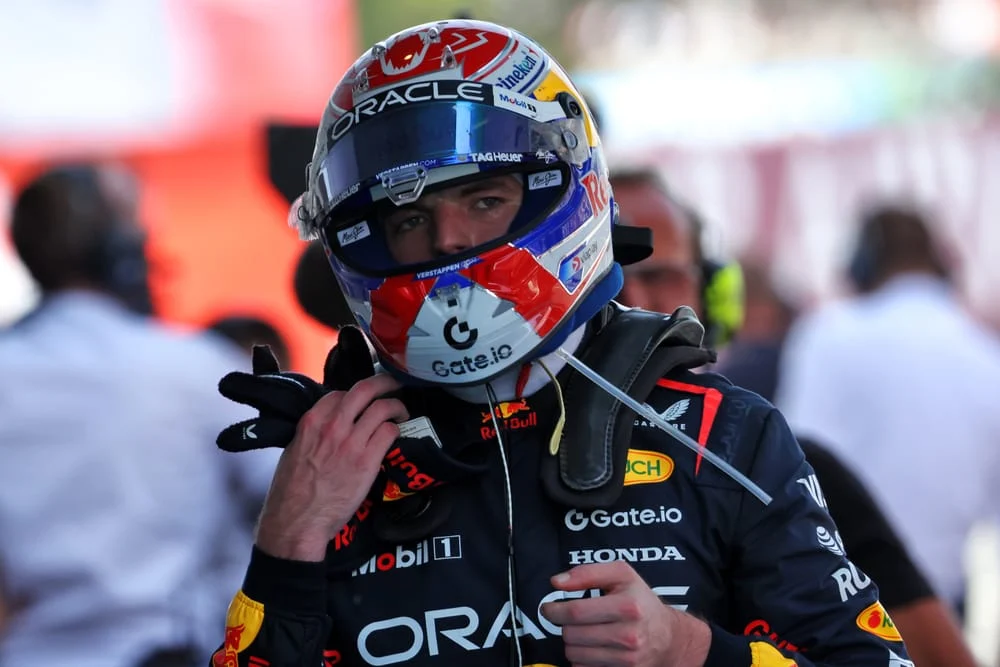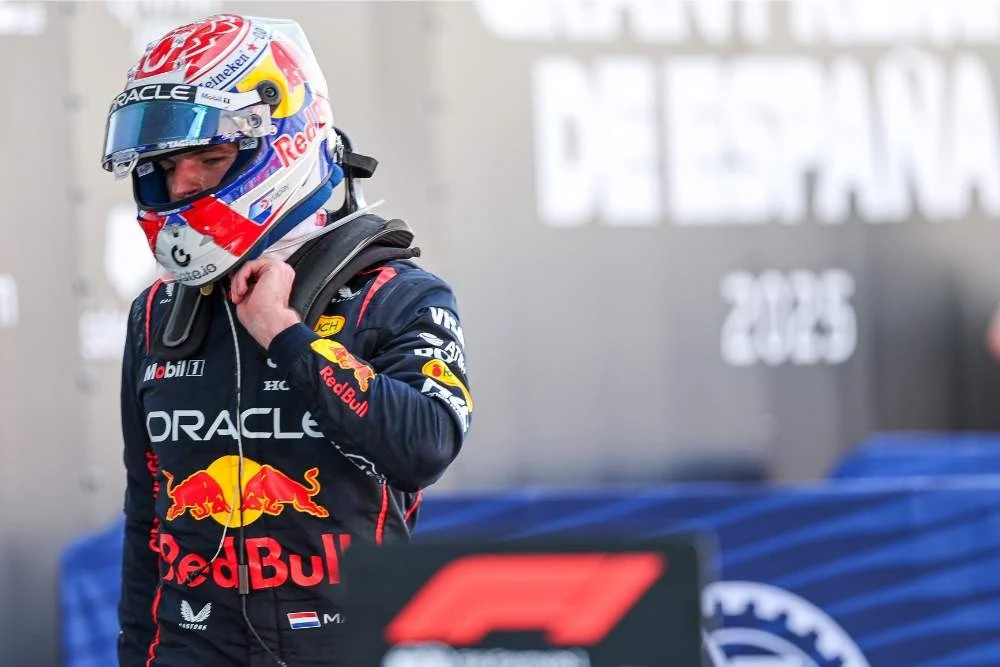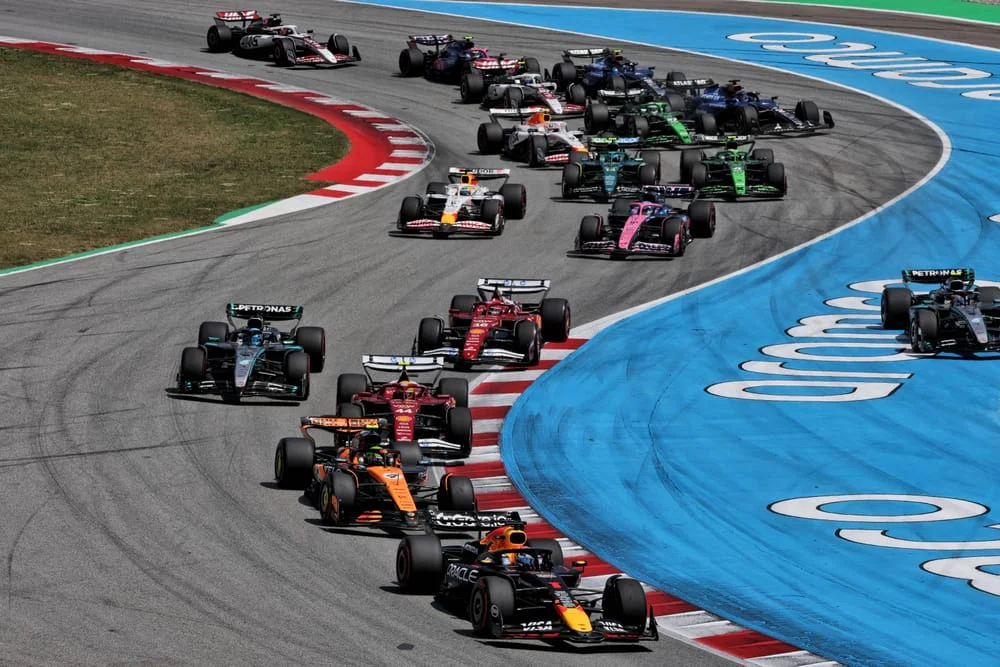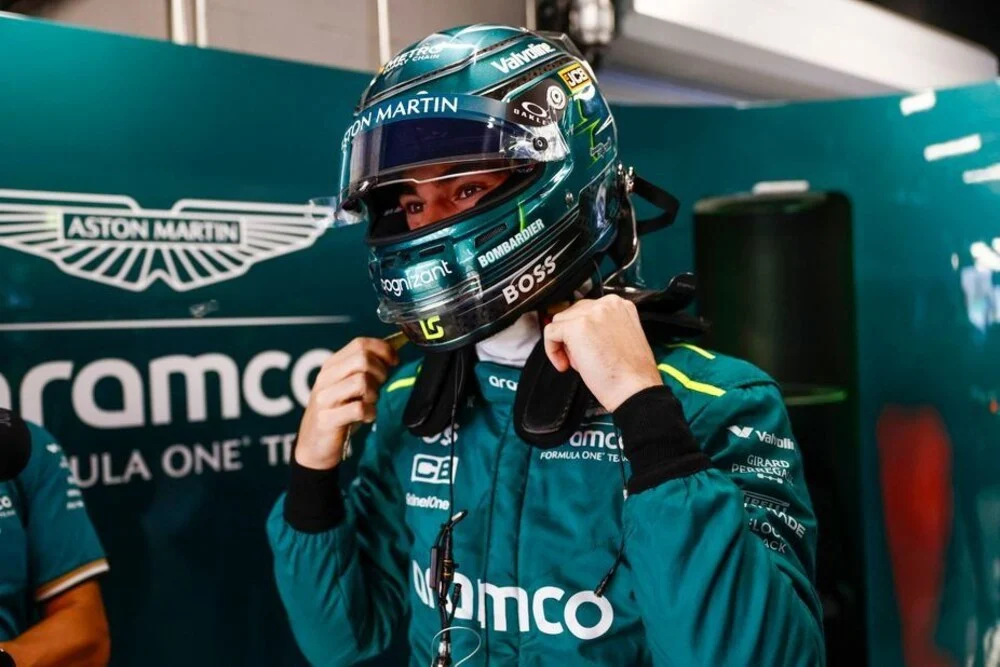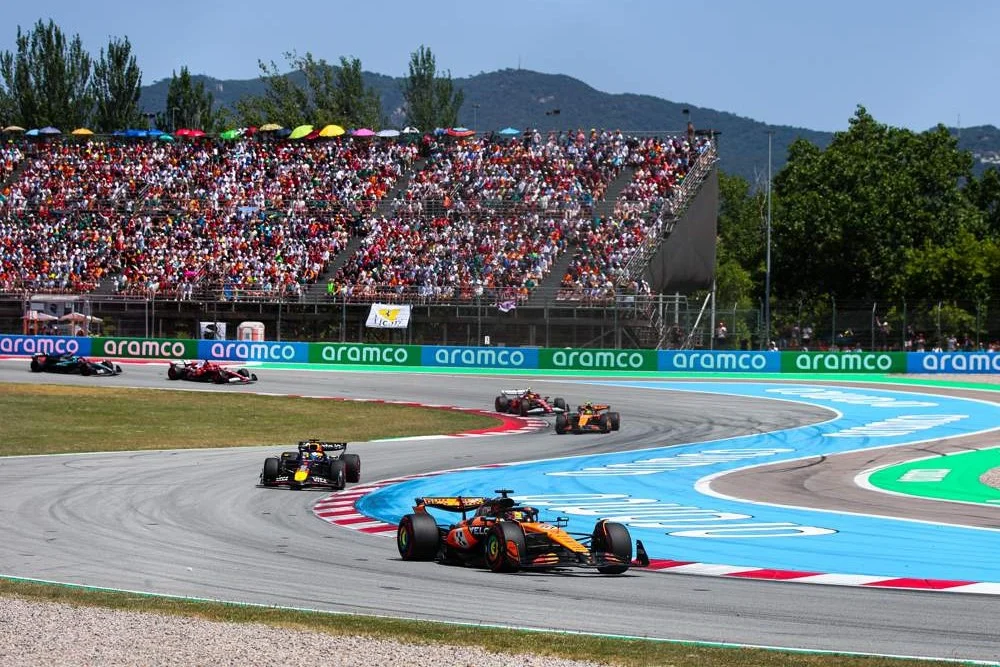Mercedes boss Toto Wolff has outlined the reasons why his team believes it has made some headway in unleashing more W15 performance.
Toto Wolff said Mercedes has been working hard since Jeddah to figure out why its car is underperforming in high-speed corners as the Austrian hopes that this week’s Australian Grand Prix will demonstrate the team’s progress.
The Silver Arrows has had a somewhat lackluster start to the 2024 F1 season despite the drivers having far greater optimism with the W15 following challenges the team has endured in the past two seasons.
Despite the fact that the W15 is undoubtedly a better car to drive with both Lewis Hamilton and George Russell expressing their satisfaction with the improvements that were made over the winter, the team seems to have remained in the same position in the rankings.
While Red Bull is still leading and Ferrari closely trailing behind, Mercedes remains in the mid-pecking order battling out with McLaren and Aston Martin, which is not too different from last season.
The W15’s high-speed instability significantly affected how well the Brackley squad performed in Saudi Arabia, with George Russell and Lewis Hamilton finishing sixth and ninth, respectively. In Jeddah, Hamilton believed he was running in a “different category” compared to his rivals owing to the gap between them.
Mercedes currently sits in fourth place in the Constructors’ Championship, two points behind McLaren, but Toto Wolff is optimistic that the team can get closer to the front if the car’s identified shortcomings are promptly addressed.
“We left points on the table in both Bahrain and Saudi Arabia,” said Wolff in Mercedes’ Australian GP preview.
“We started off each weekend strongly, running our usual practice programmes, but couldn’t deliver on that initial promise. With the chasing pack being so close, maximising the potential of the car each weekend is key.
“Albert Park gives us another chance to show what we can do. It is a great circuit in a great city, with a passionate and vocal fan base, and we look forward to returning.”
Wolff highlighted a basic problem with the car in Jeddah that setup work could not eliminate, or perhaps not sufficiently. However, he believes that the W15 has great potential, notwithstanding the complaints over the issue.
“We’ve been hard at work since Jeddah building on the learnings from the first two races,” he added. “It’s encouraging to see the potential in the W15 but there are also clear areas of improvement.
“We have looked competitive in low and medium-speed corners but high-speed has been a weakness so far. We have been working hard to understand why our performance hasn’t reflected our expectations. Improving that is a major focus.
“We hope to make some initial progress for Melbourne, and that work will guide our development in the weeks ahead. It’s great to feel the energy and determination running through the factories as we work to unlock the potential of the car.”
Melbourne’s Albert Park circuit remains to be a high-speed venue, especially with the latest track upgrades although nowhere near as terrifying as the Jeddah Corniche.
Mercedes endured the “bouncing” that has dogged their previous campaigns in Jeddah despite the significant divergence from the previous design concept. As a result, Wolff has acknowledged that correlation troubles may be the source of their challenges in low-downforce, high-speed settings.
“I can see from the sensors that we have what we need,” he said. “But there is still this behaviour of the car in a certain speed range that the sensors and simulation say this is where we should have the downforce and we are not having it.
“This team has not been overconfident. We were probably the other way around and see the glass half empty always. That is the attitude to fix it.
“It’s more a fundamental thing, that we believe that the speed should be there. We measure the downforce but we don’t find it in lap time.”
According to Andrew Shovlin, the team is sifting through data back in Brackley to identify what the W15 is lacking.
“There’s definitely data that we’re picking through from Jeddah,” the engineer explained. “We’re also looking at data from [the] Bahrain race, Bahrain test and we will come up with a plan for how we approach free practice in Melbourne.
“But it’s not just based on what we did in Jeddah. There’s a lot of work going on within the aerodynamics department, vehicle dynamics department.
“We’re trying to design some experiments there that will hopefully give us a direction that’s good for performance.”

